Which Nd Filter To Use Video ?
The choice of ND filter for video depends on various factors such as lighting conditions, desired exposure settings, and the specific effect you want to achieve. Commonly used ND filters for video include ND2, ND4, ND8, and ND16. These filters reduce the amount of light entering the camera, allowing you to use wider apertures or slower shutter speeds in bright conditions. The specific filter you choose will depend on the intensity of the light and the desired exposure settings for your video. It's recommended to have a range of ND filters available to adapt to different shooting scenarios.
1、 Types of ND filters for video shooting
When it comes to choosing the right ND filter for video shooting, there are several factors to consider. ND filters, or neutral density filters, are essential tools for controlling the amount of light that enters the camera lens. They are particularly useful in video shooting scenarios where you need to maintain a specific shutter speed or achieve a shallow depth of field.
The type of ND filter you choose depends on the specific requirements of your video shoot. There are various types of ND filters available, including fixed ND filters, variable ND filters, and graduated ND filters.
Fixed ND filters have a specific density that reduces the amount of light entering the lens by a fixed amount. They are ideal for situations where you need a consistent reduction in light throughout the entire frame.
Variable ND filters, on the other hand, offer adjustable density levels, allowing you to control the amount of light entering the lens by rotating the filter. These filters are popular among videographers as they provide flexibility in changing lighting conditions.
Graduated ND filters are designed with a gradient density, with one half of the filter being darker than the other. They are commonly used in landscape videography to balance the exposure between the bright sky and the darker foreground.
In terms of the latest point of view, there have been advancements in ND filter technology, such as nano coatings that reduce reflections and improve image quality. Additionally, some filters now come with step-up rings or step-down rings, allowing you to use the same filter on lenses with different filter thread sizes.
Ultimately, the choice of ND filter for video shooting depends on your specific needs and shooting conditions. It is recommended to have a range of ND filters in your kit to accommodate different lighting situations and creative requirements.
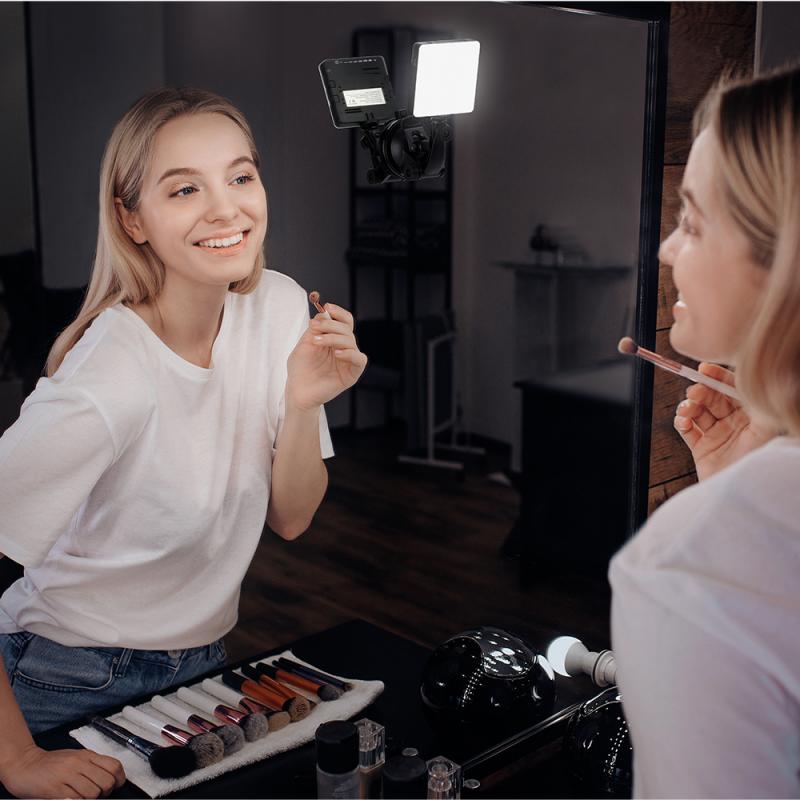
2、 Factors to consider when choosing an ND filter for video
Factors to consider when choosing an ND filter for video include the filter's density, quality, size, and compatibility with your camera lens.
Density: ND filters come in different densities, ranging from ND2 to ND1000. The density determines the amount of light that is blocked, with higher densities blocking more light. The choice of density depends on the lighting conditions you are shooting in and the desired effect. For example, if you are shooting in bright sunlight and want to achieve a shallow depth of field, a higher density filter like ND8 or ND16 would be suitable.
Quality: It is important to invest in a high-quality ND filter to ensure minimal color cast, distortion, and loss of image sharpness. Look for filters made from high-quality materials and coated to reduce reflections and flare.
Size: ND filters come in various sizes to fit different lens diameters. Ensure that the filter you choose is compatible with your camera lens. Some filters also come with step-up or step-down rings to fit multiple lens sizes.
Compatibility: Check if the ND filter is compatible with your camera lens. Some lenses have a larger front element or a built-in lens hood, which may cause vignetting or obstruction when using certain filters. It is advisable to research and read reviews to ensure compatibility with your specific lens model.
Latest point of view: With the increasing popularity of mirrorless cameras and DSLRs for video shooting, many manufacturers are now producing variable ND filters. These filters allow you to adjust the density by rotating the filter, providing more flexibility in different lighting conditions without the need to carry multiple filters. Variable ND filters are a convenient option for videographers, but it is important to choose a high-quality one to avoid any image quality degradation or color shifts.
In conclusion, when choosing an ND filter for video, consider factors such as density, quality, size, and compatibility with your camera lens. Additionally, stay updated with the latest advancements in ND filter technology, such as variable ND filters, to make an informed decision.
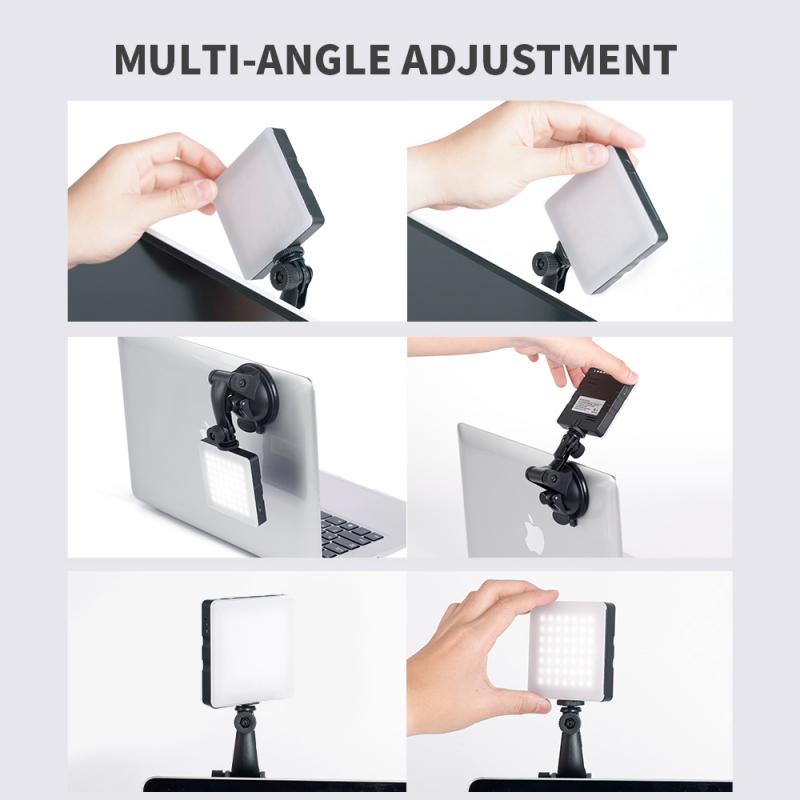
3、 Recommended ND filter strengths for different lighting conditions
Which ND filter to use for video depends on the lighting conditions you are shooting in. ND filters are used to reduce the amount of light entering the camera, allowing you to use wider apertures or slower shutter speeds. Here are some recommended ND filter strengths for different lighting conditions:
1. Bright sunlight: In bright sunlight, you will need a strong ND filter to reduce the amount of light. A 6-stop or 10-stop ND filter is recommended to achieve a slower shutter speed or wider aperture without overexposing the image.
2. Cloudy or overcast conditions: In cloudy or overcast conditions, the light is already diffused, so you may not need a very strong ND filter. A 3-stop or 4-stop ND filter should be sufficient to control the exposure.
3. Indoor or low-light situations: In indoor or low-light situations, you may not need an ND filter at all. However, if you want to achieve a shallow depth of field or a specific creative effect, you can use a 1-stop or 2-stop ND filter.
It's important to note that the recommended ND filter strengths may vary depending on the specific camera settings, desired exposure, and the effect you want to achieve. Additionally, the latest point of view is that some filmmakers prefer to use variable ND filters, which allow you to adjust the strength of the filter by rotating it. This provides more flexibility in different lighting conditions and eliminates the need to carry multiple filters. However, variable ND filters can sometimes introduce color casts or image quality issues, so it's important to choose a high-quality filter from a reputable brand.
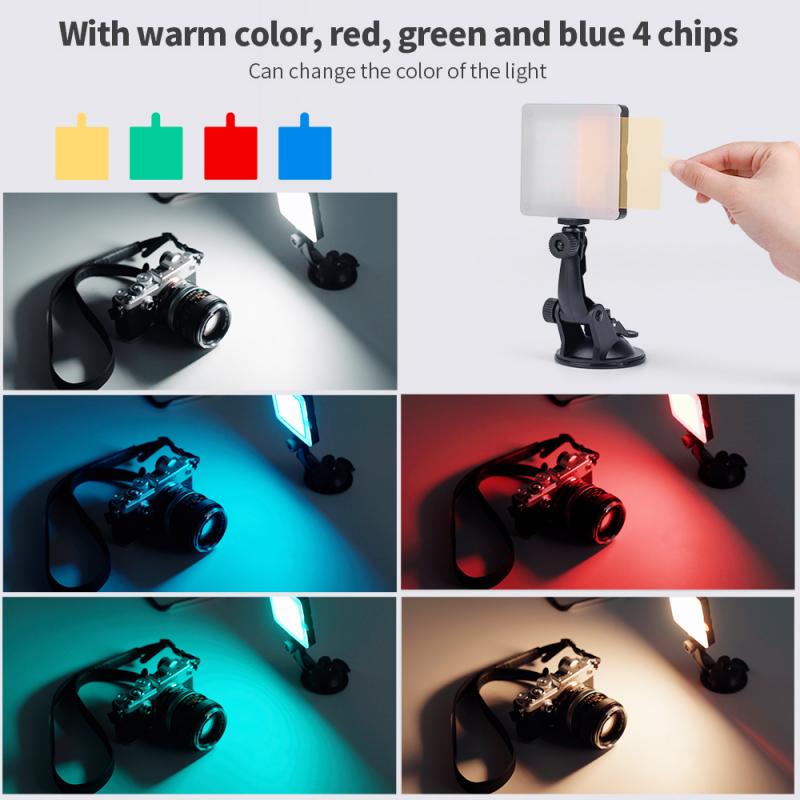
4、 ND filter brands popular among videographers
When it comes to choosing the right ND filter for video, there are several factors to consider. The choice of ND filter depends on the specific requirements of the videographer, such as the desired effect, lighting conditions, and camera settings.
There are several popular ND filter brands among videographers that offer high-quality filters with various options. One such brand is Lee Filters, known for their excellent optical quality and wide range of filter options. They offer a variety of ND filters, including the popular Big Stopper and Little Stopper, which are commonly used for long exposure photography and can also be used for video.
Another popular brand is Tiffen, which offers a range of ND filters suitable for video. Tiffen filters are known for their durability and optical quality, and they offer options such as the Variable ND filter, which allows videographers to adjust the amount of light entering the lens by rotating the filter.
Formatt-Hitech is another brand that is popular among videographers. They offer a range of ND filters with different densities, including the Firecrest ND filters, which are known for their neutral color rendition and high-quality optical glass.
In recent years, there has been a rise in popularity of magnetic ND filters, such as those offered by PolarPro. These filters attach to the lens using a magnetic mount, making them quick and easy to use. They also offer options like the Variable ND filter, which allows for precise control over the amount of light entering the lens.
Ultimately, the choice of ND filter brand and type depends on the videographer's specific needs and preferences. It is important to consider factors such as optical quality, durability, and ease of use when selecting an ND filter for video.
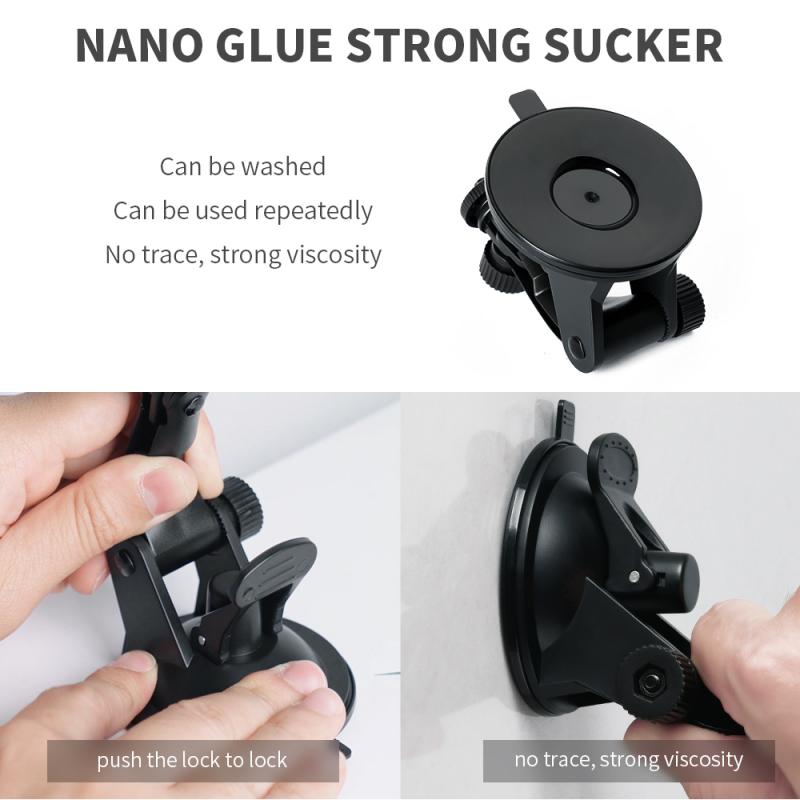


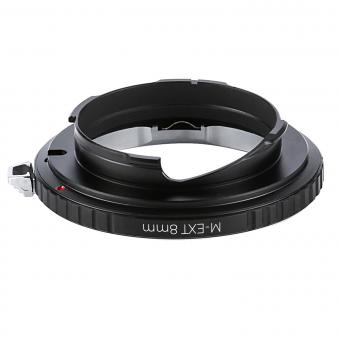
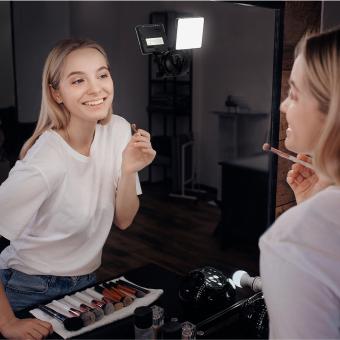

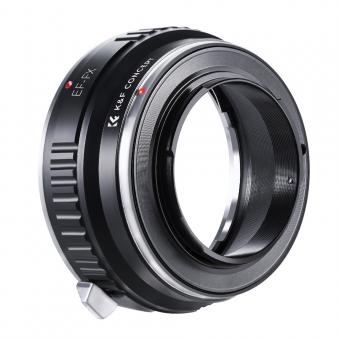





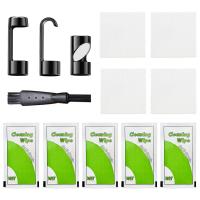



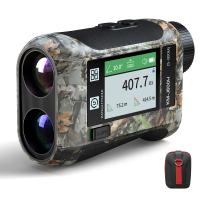




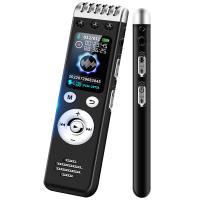
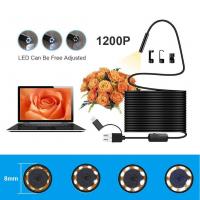
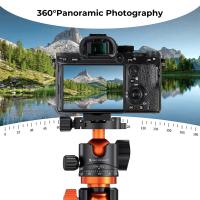

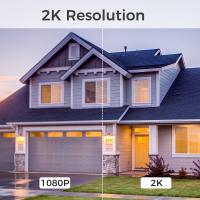
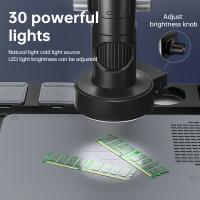
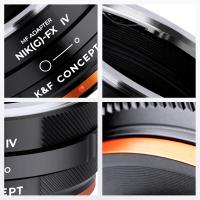
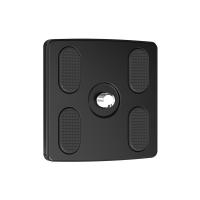
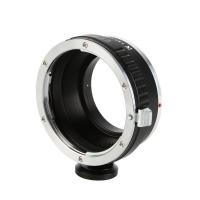
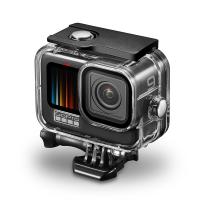
There are no comments for this blog.